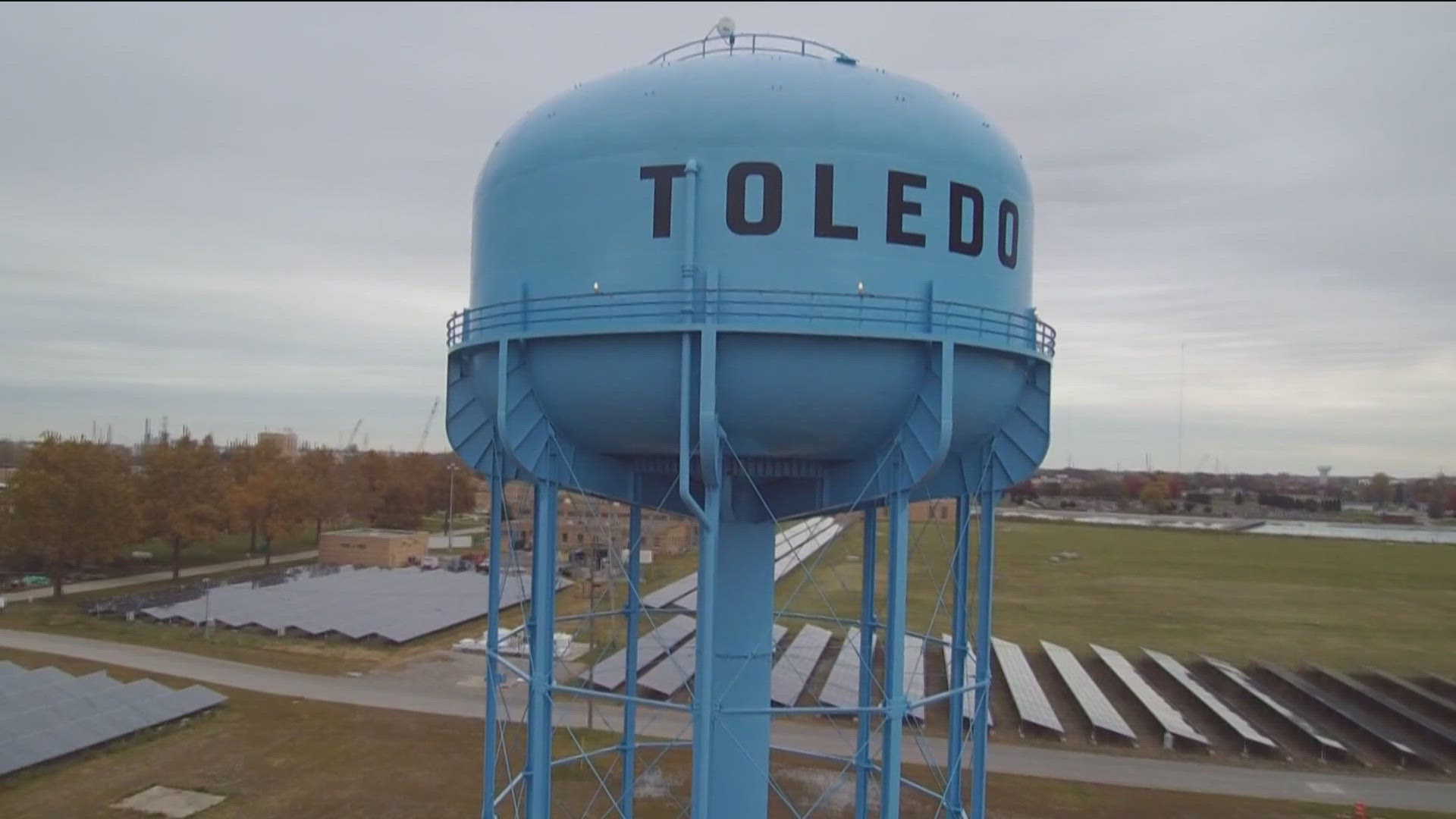SANDUSKY, Ohio — Editor's note: The video attached above is from another story that aired on May 28, 2024.
The Erie County Health Department issued a bacteria contamination advisory for the Cedar Point Chausee Tuesday, an area around the amusement park by the same name and a much swum-in body of water. The advisory was lifted Wednesday morning.
The bacteria advisories are sometimes issued throughout the summer when the water warms and tests yield high levels of E. coli, a strain of bacteria that can be hazardous to human health. According to the Ohio Department of Health Beachguard website, Tuesday's test indicated a bacteria load of
261.3 cfu (colony forming units)/100 ml, up from 43.2 cfu/100 ml on May 28.
The Erie County Health Department monitors for bacteria at the Cedar Point Chausee five times per week, according to the Ohio Department of Health, in a season lasting between May 21 and Aug. 30. Beaches along Lake Erie in other counties are also monitored for high bacteria levels.
According to the ODH, an advisory indicates that, due to high bacteria levels, children, the elderly, those in ill health or those with weakened immune systems should not swim at an affected beach.
Monroe County, which features beach access to Lake Erie from the Michigan side, also monitors the water for the presence of bacteria. According to the Monroe County Health Department, the county tests Lake Erie's waters for E. coli each Tuesday between Memorial Day and Labor Day.
The Monroe County Health Department said in a press release that while most strains of E. coli are not dangerous, they can indicate the presence of other disease-causing bacteria in the water. The department cited the causes of E. coli in Lake Erie as a variety of things, including waste connections to ditches, storm sewers, ditches, runoff, and wild and domesticated animal waste.
RELATED: Ohio farmers accept being part of the algal bloom problem, but intend on being part of the solution
In the release, the department said the water is considered safe when mean levels are below 300 E. coli per 100 ml. Over a 30-day period, E. coli levels must be below 130 per 100ml to be considered safe.
High levels of bacteria in water sometimes lead to advisories, such as the one at the Cedar Point Chausee, or entire beach closures.
These tests for bacteria, which are routine each year, function alongside the scientific monitoring of Lake Erie's harmful algal blooms, which also pose a threat to public health and safety.
WTOL 11 will bring you the latest updates to water quality throughout the summer, as a part of a promise we made to you 10 years ago during the Toledo Water Crisis.
Editor's note: This story has been edited to reflect the advisory's removal Wednesday morning.
WATCH MORE FROM WTOL 11
Want more from WTOL 11?
➡️ Download the WTOL 11 news app for Apple here or get it in the Google store here.
➡️ Get a fresh start to your morning and wrap up your day with the latest news and your WTOL 11 Weather forecast delivered right to your inbox!
WTOL 11's Your Morning Blast and Your Evening Blast deliver stories from northwest Ohio, southeast Michigan and beyond to keep you informed.
Click here to get on the list!

